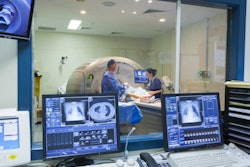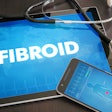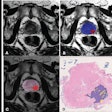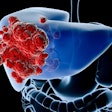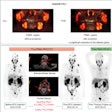Dear AuntMinnie Member,
The emergence of the novel coronavirus (2019-nCoV) in China has caused consternation among public health authorities around the globe. Fortunately, clinicians are beginning to recognize the unique characteristics of this disease in the patients who have contracted it and are sharing that knowledge with the world.
We're featuring one of these reports in our CT Community. In a Lancet article published online January 24, a team from China shared the cases of 41 individuals who were seen at a hospital in Wuhan, the epicenter of the outbreak.
The article includes information on clinical symptoms, as well as laboratory and radiological characteristics with which the patients presented.
Contrast safe for kidneys
In other news in the CT Community, one of our top stories for the past week was an article that reaffirmed the safety of intravenous iodinated contrast use during CT scans. A publication issued jointly by the American College of Radiology and the National Kidney Foundation found that concerns about the association of contrast with potential kidney injury have been overstated, and may have even led to errors and diagnostic delay.
Other important stories in the community this week include a study on the use of CT and other imaging technologies for lower back pain and research that linked high levels of plaque calcification on coronary CT angiography scans with lower risk of acute coronary syndrome. We also have a fascinating article on the use of CT on an ancient Egyptian mummy to create a 3D-printed larynx that enabled researchers to re-create the voice of a high priest from ancient Egypt.
Get these stories and more in the CT Community.
Portable x-ray
Finally, don't start your weekend before you've had a chance to take another look at an intriguing study in our Digital X-Ray Community. Researchers from Emory University reported on their experience mounting wide-angle cameras on mobile x-ray machines to capture patient photos that can be attached to medical images. They believe the technique could help improve quality assurance and reduce wrong-patient errors.







